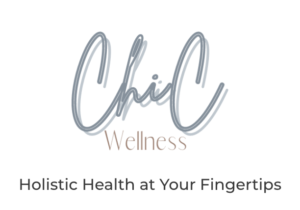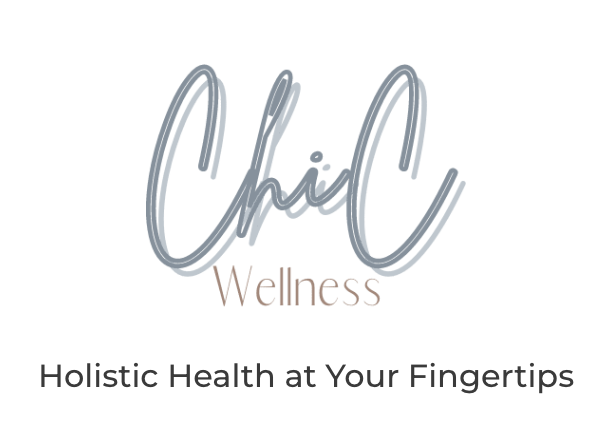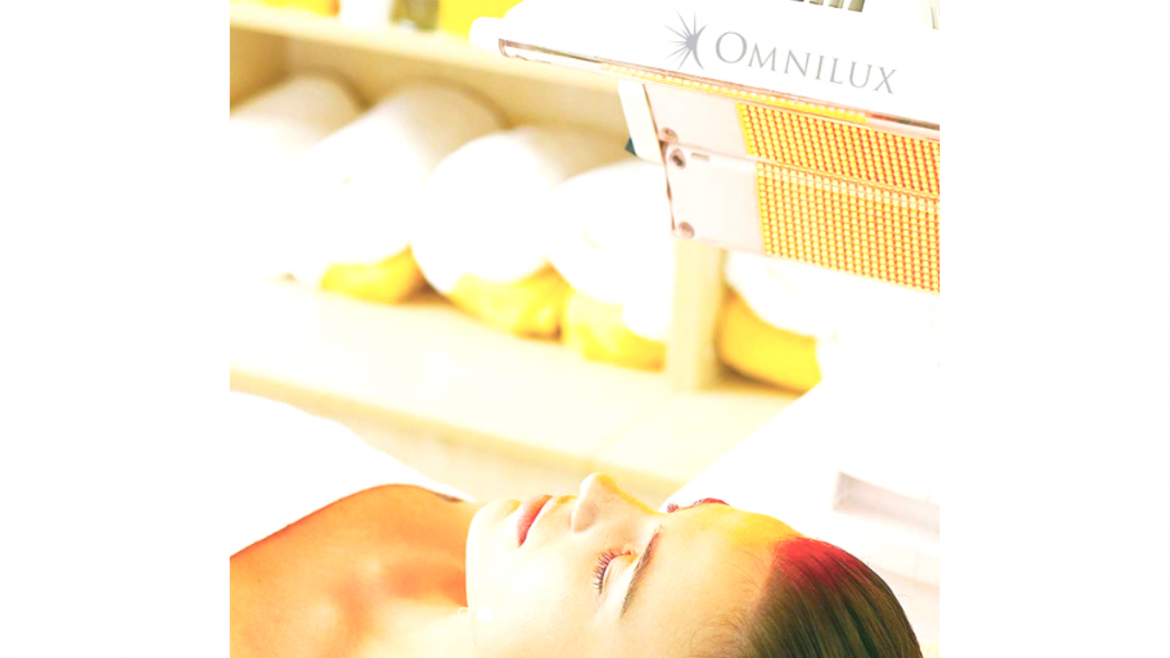In recent years, light therapy has gained significant attention in the field of skincare and wellness. This non-invasive treatment utilizes specific wavelengths of light to provide a wide range of benefits for the skin. From promoting healing and rejuvenation to combating acne and reducing pore size, light therapy has emerged as a popular choice for individuals seeking natural and effective skincare solutions. In this blog post, we will explore the various ways in which light therapy can enhance the health and appearance of your skin.
1. Increases Circulation
One of the primary benefits of light therapy is its ability to boost circulation in the skin. By stimulating blood flow, light therapy helps deliver essential nutrients and oxygen to the skin cells, promoting a healthy and radiant complexion.
2. Stimulates the Production of Collagen
Collagen is a crucial protein that provides structure and elasticity to the skin. Light therapy, particularly the red light wavelength, stimulates the production of collagen, helping to improve skin firmness and reduce the appearance of fine lines and wrinkles.
3. Helps to Heal Wounds
Light therapy accelerates the healing process by increasing cellular activity and promoting tissue repair. It can be particularly beneficial in treating wounds, cuts, and other skin injuries, allowing for faster healing and minimizing the risk of scarring.
4. Protects Healthy Skin
Regular light therapy sessions can help protect healthy skin by strengthening its natural defense mechanisms. By boosting the skin’s immune response and promoting overall skin health, light therapy helps guard against environmental aggressors and reduces the risk of damage caused by free radicals.
5. Helps to Repair Damaged Skin
For individuals with damaged or compromised skin, light therapy offers a way to repair and rejuvenate. It promotes the production of new, healthy skin cells, aiding in the restoration process and reducing the appearance of scars, sunspots, and hyperpigmentation.
6. Decreases Pore Size
Enlarged pores can be a frustrating skincare concern. Light therapy, particularly blue light, helps to minimize pore size by reducing oil production and eliminating bacteria that contribute to the formation of acne and clogged pores.
7. Useful in Skin Rejuvenation
Light therapy is a valuable tool in skin rejuvenation. It stimulates cellular activity, triggers natural repair mechanisms, and encourages the growth of healthy skin cells. This results in a more youthful and revitalized complexion.
Light therapy has emerged as a valuable tool in the realm of skin rejuvenation. Its unique ability to stimulate cellular activity, trigger natural repair mechanisms, and promote the growth of healthy skin cells makes it a sought-after treatment for achieving a more youthful and revitalized complexion.
When exposed to specific wavelengths of light, such as red or near-infrared light, the skin’s cells absorb this energy. This absorption process triggers a series of biochemical reactions within the cells, leading to increased production of adenosine triphosphate (ATP), which is the energy currency of cells. The heightened ATP production fuels cellular metabolism and activates various essential processes within the skin.
One of the significant benefits of light therapy is its ability to stimulate collagen production. Collagen, a protein responsible for maintaining the skin’s structural integrity, tends to decrease as we age. Through light therapy, however, collagen synthesis is enhanced, leading to a firmer and more elastic complexion. This contributes to a reduction in the appearance of fine lines, wrinkles, and sagging skin, ultimately resulting in a more youthful appearance.
Furthermore, light therapy supports the skin’s natural repair mechanisms. It can help repair damaged DNA, reduce inflammation, and promote tissue regeneration. By encouraging the growth of healthy skin cells, light therapy aids in the healing of wounds, scars, and other skin imperfections. This can lead to an overall improvement in skin texture, tone, and clarity.
It is worth noting that light therapy is a non-invasive and painless treatment option, making it a popular choice among individuals seeking effective and comfortable skin rejuvenation solutions. Whether used as a standalone treatment or as part of a comprehensive skincare regimen, light therapy offers promising results in the quest for a more youthful and revitalized complexion.
8. Increases RNA and DNA Synthesis
Light therapy enhances the synthesis of RNA and DNA within the skin cells. This process aids damaged cells in replacing themselves more rapidly, promoting the overall health and resilience of the skin.
9. Stimulates Fibroblastic Activity
Fibroblasts are cells responsible for producing collagen and other important components of the extracellular matrix. Light therapy activates fibroblastic activity, leading to increased collagen production and improved skin elasticity.
10. Increases Lymphatic System Activity
The lymphatic system plays a crucial role in removing toxins and waste products from the body. Light therapy helps increase lymphatic system activity, assisting in the detoxification process and promoting clearer and healthier skin.
11. Kills Bacteria that Causes Acne
Acne is often caused by the presence of bacteria on the skin. Light therapy, specifically blue and red light wavelengths, effectively targets and eliminates acne-causing bacteria, reducing inflammation and preventing future breakouts.
12. Comforts Sore Muscles, Aches, and Pains
Beyond its benefits for the skin, light therapy can also provide relief for sore muscles, aches, and pains. By increasing circulation and promoting cellular repair, it aids in muscle recovery and reduces discomfort.
13. Increases Moisture Retention
Light therapy enhances the skin’s ability to retain moisture, which is vital for maintaining hydration and preventing dryness. It helps strengthen the skin barrier, reducing water loss and promoting a healthy moisture balance.
According to a recent news article, light therapy has been found to increase moisture retention in the skin. By strengthening the skin’s natural barrier, light therapy helps reduce water loss and promotes a healthy moisture balance. This is essential for maintaining skin hydration and preventing dryness. The ability of light therapy to enhance moisture retention offers a promising solution for those seeking to improve their skin’s hydration levels and achieve a more radiant and nourished complexion.
14. Firms Skin
With its ability to stimulate collagen production and improve skin elasticity, light therapy contributes to firmer and tighter skin. It can help combat sagging and promote a more youthful appearance.
According to a study on light therapy for skin firmness, it has been found that this innovative treatment can effectively stimulate collagen production and improve skin elasticity, resulting in firmer and tighter skin. As we age, the production of collagen, a protein responsible for maintaining the structural integrity of the skin, decreases, leading to sagging and the formation of wrinkles. However, the use of light therapy can help reverse these signs of aging by promoting collagen synthesis and rejuvenating the skin’s natural cellular activity. By harnessing specific wavelengths of light, light therapy offers a non-invasive and pain-free solution for achieving firmer and more youthful-looking skin.
15. Increases Oxygenation and Restoration of Skin’s Natural Cellular Activity
Light therapy boosts oxygenation in the skin, facilitating the restoration of natural cellular activity. This process keeps the skin renewed, fresh, and vibrant.
One of the remarkable benefits of LED light therapy is its ability to increase oxygenation and restore the skin’s natural cellular activity. Through the targeted delivery of specific wavelengths of light, LED therapy stimulates the production of adenosine triphosphate (ATP), the energy source for cellular metabolism. This boost in ATP fuels the skin cells, enhancing their ability to perform essential functions such as collagen synthesis, DNA repair, and overall rejuvenation. As a result, the skin experiences improved blood circulation, enhanced nutrient uptake, and increased oxygen supply, leading to a revitalized complexion with a radiant and healthy glow. From combating signs of aging to restoring youthful vitality, LED light therapy truly breathes new life into the skin by reigniting its natural cellular activity.
Light therapy offers a host of benefits for the skin, ranging from increased circulation and collagen production to healing wounds and reducing pore size. With its wide range of applications and proven efficacy, light therapy has become a popular choice for individuals seeking to enhance the health and appearance of their skin. Whether you’re dealing with acne, signs of aging, or simply want to maintain a radiant complexion, light therapy could be a valuable addition to your skincare routine. Consult with a skincare professional to determine the best approach and enjoy the transformative power
Here are three sources that provide research on LED light therapy:
- “The impact of wavelengths of LED light therapy on endothelial cells” – This article discusses the effectiveness of LED light therapy on endothelial cells and its potential benefits. Source
- “A study to determine the efficacy of combination LED light therapy (633 nm and 830 nm) in facial skin rejuvenation.” – This study explores the effectiveness of a combination of LED light therapy for facial skin rejuvenation using specific wavelengths. Source
- “A controlled trial of the Litebook light-emitting diode (LED) light therapy device for treatment of Seasonal Affective Disorder (SAD)” – This controlled trial investigates the use of a LED light therapy device for treating Seasonal Affective Disorder (SAD). Source




